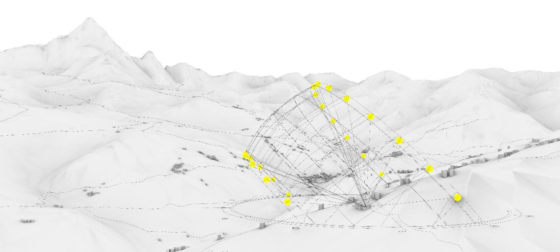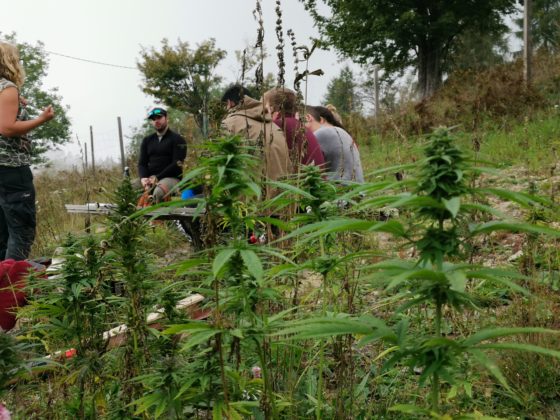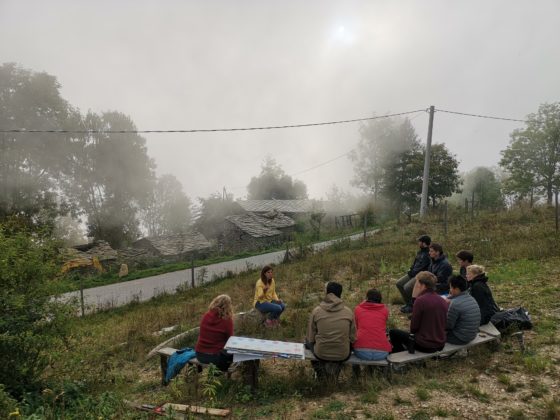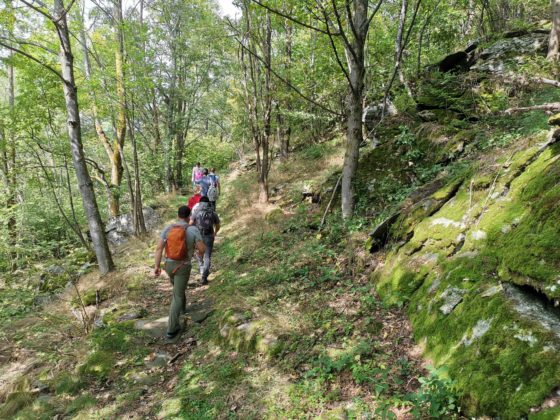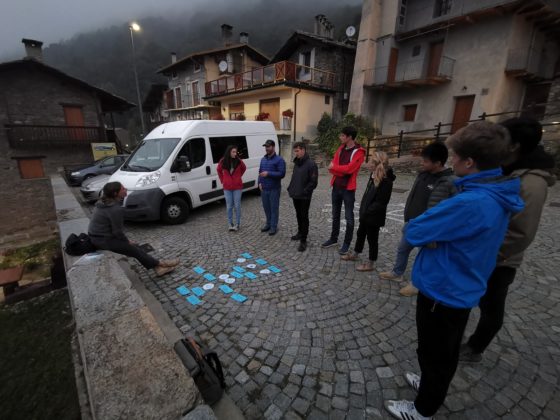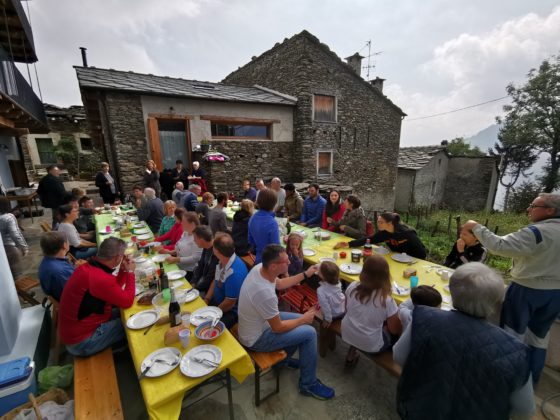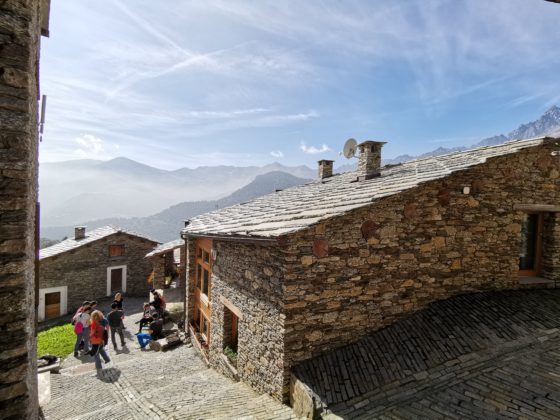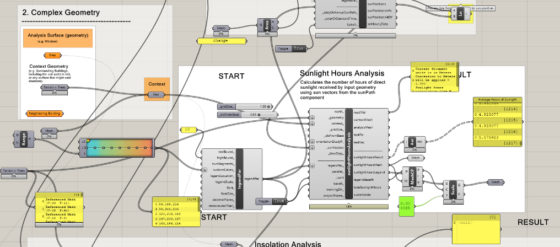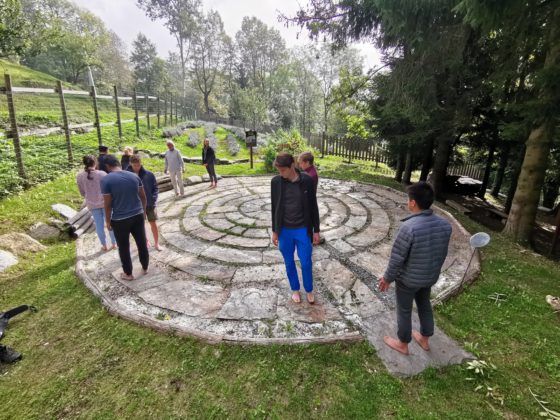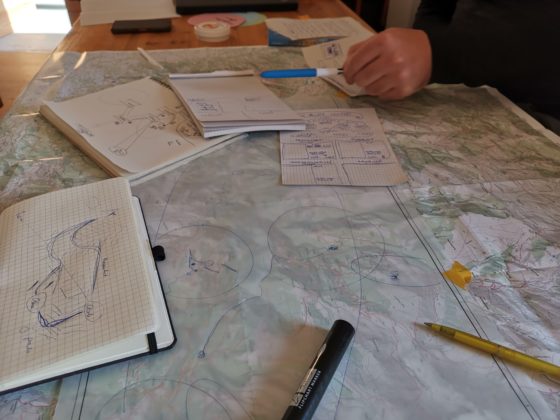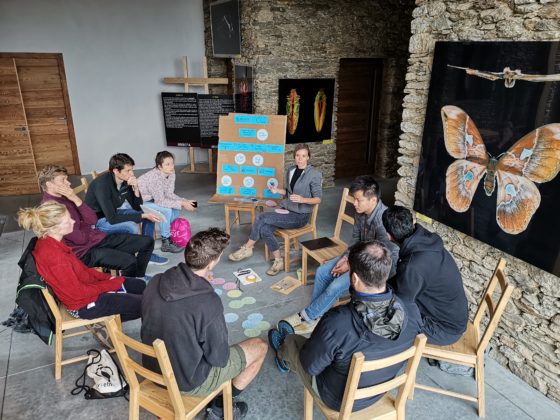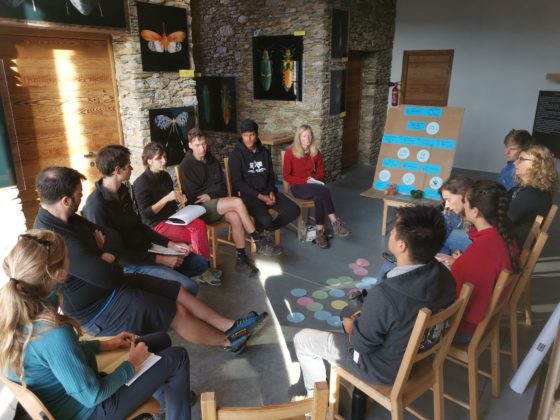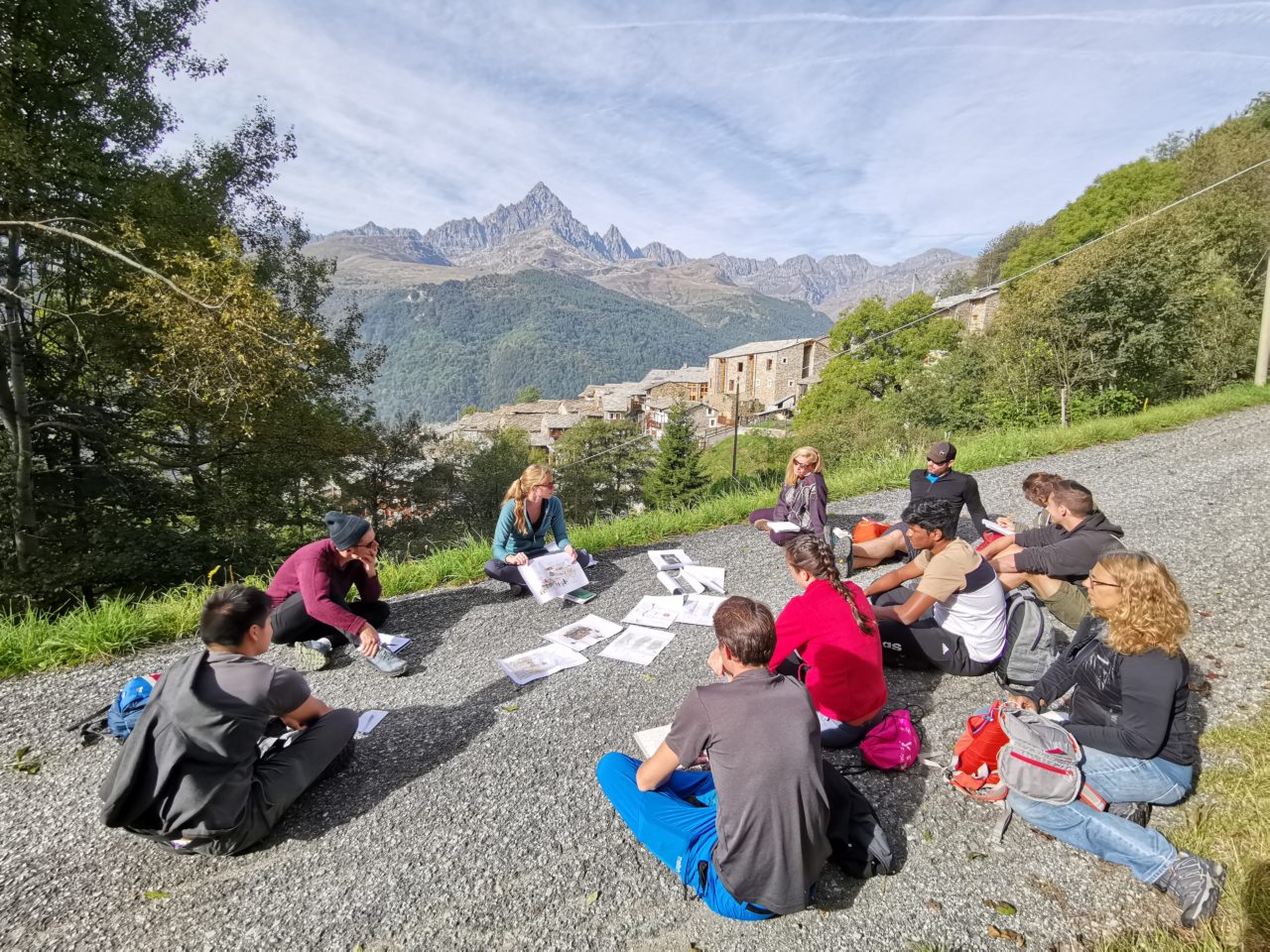
What are key skillsets of the next generation’s planners, designers, architects or engineers? The instrumental and social capacities to creatively cope with complexity, within ever changing environments, in a cooperative way surely are amongst them. Systemic Design Labs are ETH Innovedum financed real-world experimental courses that foster such systems, thinking and creative doing skills, embedded in transdisciplinary research.
Reviving Community Systems in the Real-world
How to revive mountain livelihoods that experienced a breakdown of their economy? How does a community re-organize and grow its economy to become regenerative, low carbon and circular? How does this economy model correlate with local identity and individual behavioral support? How to tackle impacts of climate change which locally are clearly visible, while local climate action does not deliver immediate feedback?
A teaching program of ETH Systemic Design Labs (SDL), Master students were invited to develop and design a visualized and partly quantified systems map of «circular flows» within a future resilient regenerative economy for Ostana and its surrounding Po River Valley. This block course was offered in direct collaboration with the mayor of the mountain community Ostana in the Italian Piedmont, and in supported by the MonViso Institute (MVI).
The Ostana community faced a serious crisis with a population loss from 1200 people in summer (19th century) to no more than five inhabitants by the end of the 20th century. Ostana today is in a reorganization and growth phase, re-designing its social and economic system while preserving local Occitan heritage. Local identity (culture, traditions, visions) is formed by the Occitan culture (food, music, dance, language), traditional stone building architecture, and the magnificent landscape at the foot of Monte Viso. This identity is under pressure to carefully evolve with new needs for modern lifestyles, work, mobility, carbon-neutral buildings, and alike.
Output: a Circularity Map to Gain Public Support for Cooperative Thinking and Doing
A circular economy mainly synergizes material flows to eliminate waste, and thereby builds new financial opportunities. But circularity also includes social and ecological flows which often are «side effects», but also «steering factors» of a more regenerative economy. Such extended circularity here translates to mutual learning, evolving local identity, and carbon dioxide equivalent emissions to encounter for climate protection. Optimizing gains in these interrelated three «currencies» (including money) means to understand and (re-)design production and consumption systems while making visible indirect social and ecological benefits, effects that often are not obvious. The goal of the circularity map is to stimulate systemic thinking and increase public support for investing resources into more cooperative systems that are regenerative.
The maps serve as communication and planning tools for the mayor, inhabitants and tourists to foster ongoing and future innovation processes and identity building for a resilient regenerative economy. They are accompanied by a detailed report on underlying data the students acquired during and after the field work, and will be officially presented in a local public event.
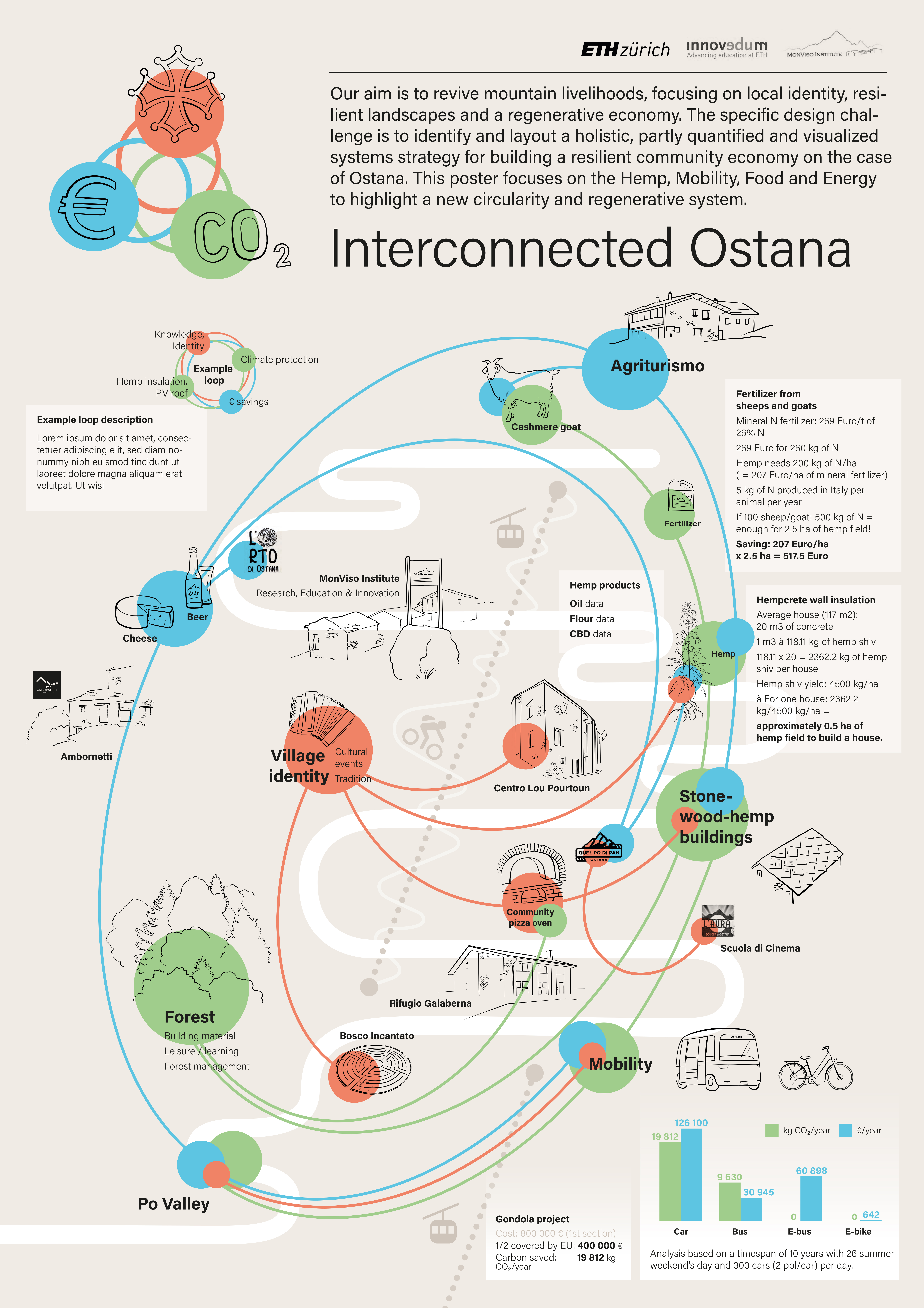
The two circularity maps developed by the SDL 2019 students (unfinished draft versions). The first map «Ostana» shows in the background iconic buildings of the community of Ostana, alongside the winding road from the bottom of the village (1200m asl) to the Agriturismo on the top (1650m asl). Exemplified products, processes and infrastructure are connected by three types of «flow» currencies (CO2eq emissions, local identity/knowledge, money), that together form basic systemic relations for a circular, regenerative economy. For example, growing industrial hemp would lead to multiple positive feedback-loops, interrelated, by all three currencies.
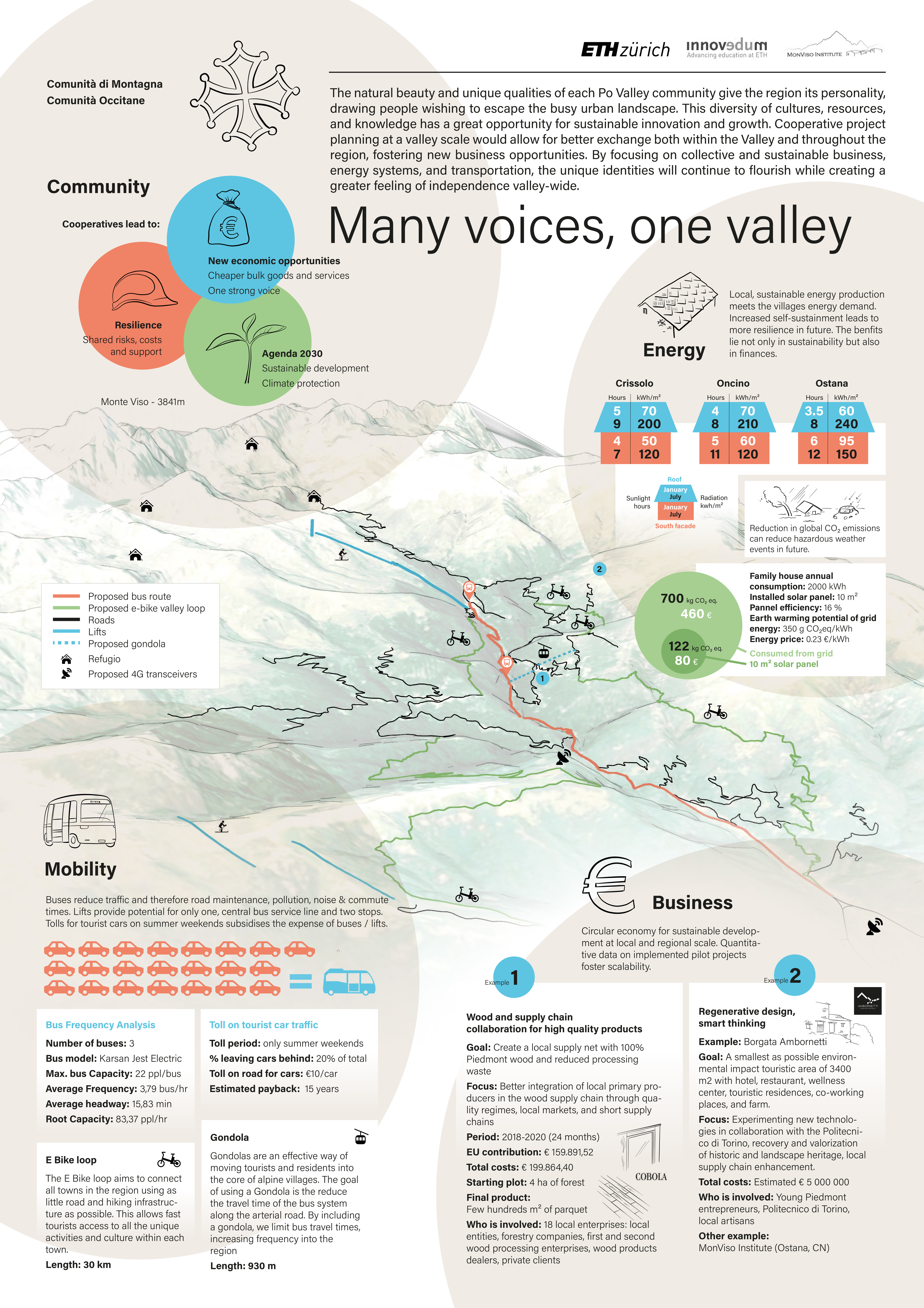
The second map positions the community in the surrounding Po river valley, using again three main types of social/economic/environmental flow currencies (social resilience, new economic opportunities, Agenda 2030) to illustrate an extended system of a circular economy. For example, the potential to generate renewable energy by a new type of photovoltaic «stone» tile on Southern exposed roofs in the entire valley was calculated using a sophisticated elevated terrain model and solar analysis based on Grashopper tools; leading to substantial CO2eq reductions, it would also deliver economic opportunities and build resilience, while affecting local identity of the stone roof architecture. Graphical layout by R. Sonderegger/PLUS.
Student’s produced course movie
Systemic Design Lab 2019 students: Fiona Collins, Jack Hawthorne, John Bourcet, Matteo Tonellotto, Conor Killeen, Gumanan Thiyagalingam, Kenta Perret, Léa Torche. Local guest lecturers: Justyna Swat, Haley Fitzpatrick, Anna Rodewald, Dr. Dario Toso.
Prof. Dr. Tobias Luthe (AHO) is Senior Research Scientist in Social-Ecological Resilience at ETH Zurich (PLUS Planning of Landscape and Urban Systems, Institute for Spatial and Landscape Development), Associate Professor for Systemic Regenerative Design at The Oslo School of Architecture and Design, and Visiting Professor at Politecnico Torino. Tobias is an academic transdisciplinary hybrid, merging sustainability science (natural/social science interface) with forest/environmental/wood engineering, landscape planning, holistic architecture, systemic design, and sustainability economics. He is co-founding director of the MonViso Institute (MVI), a real-world laboratory for sustainability transitions and regenerative design in the Italian Alps; and co-founder of Grown, an outdoor creativity lab, receiving leading industry sport and eco design awards. As a mountain, ski and bike guide, he offers human-nature adventures at the interlink of science, nature-inspired creativity, and mental-physical experiences beyond the comfort zone, and uses them as didactic elements of his academic teaching.
